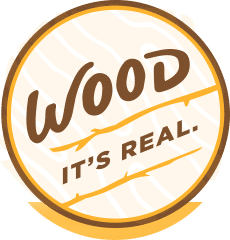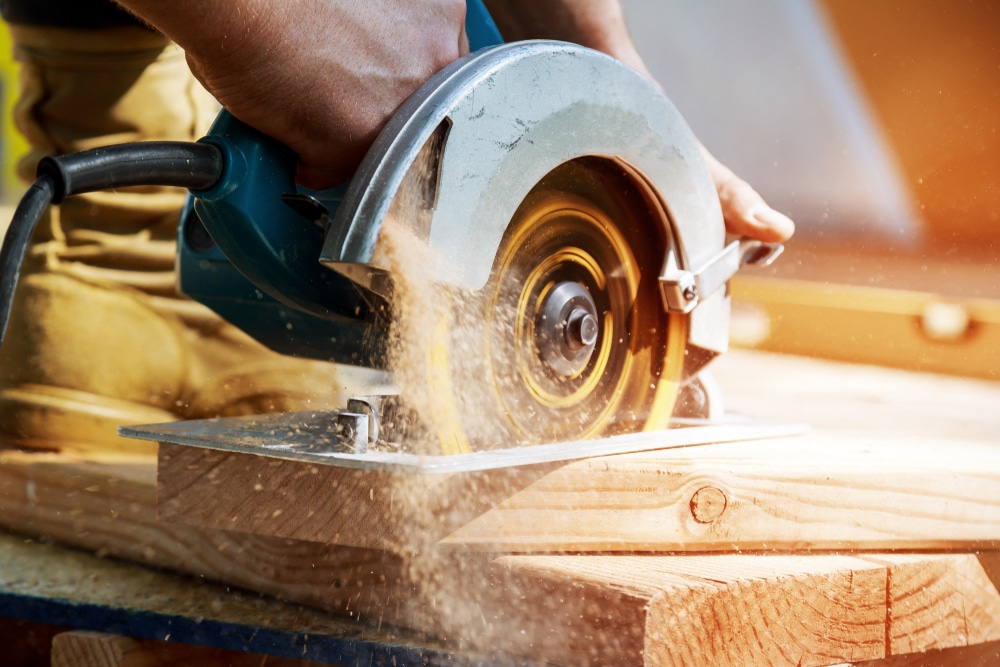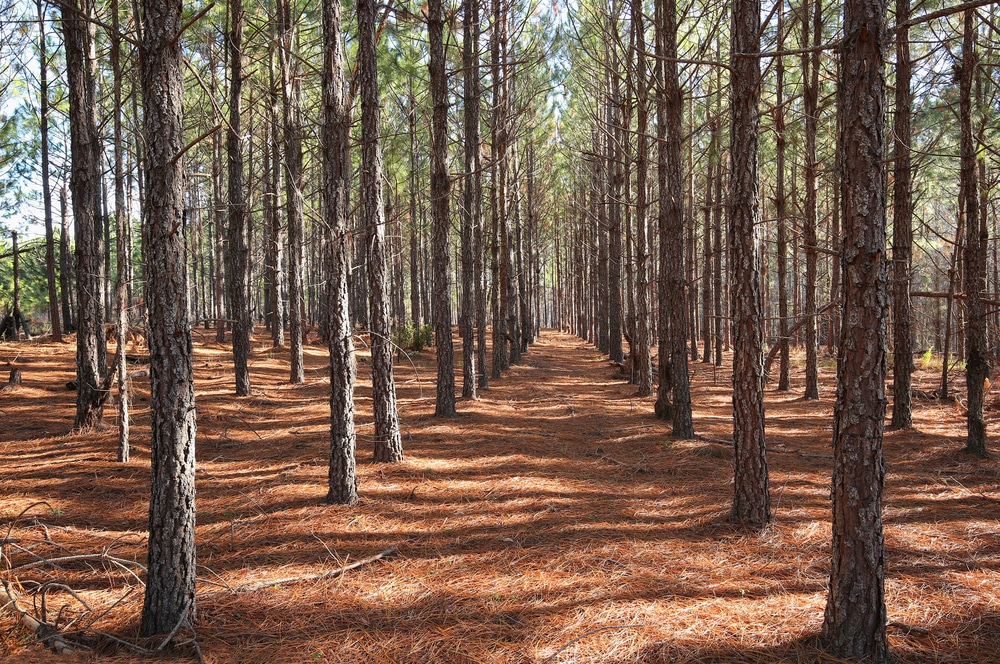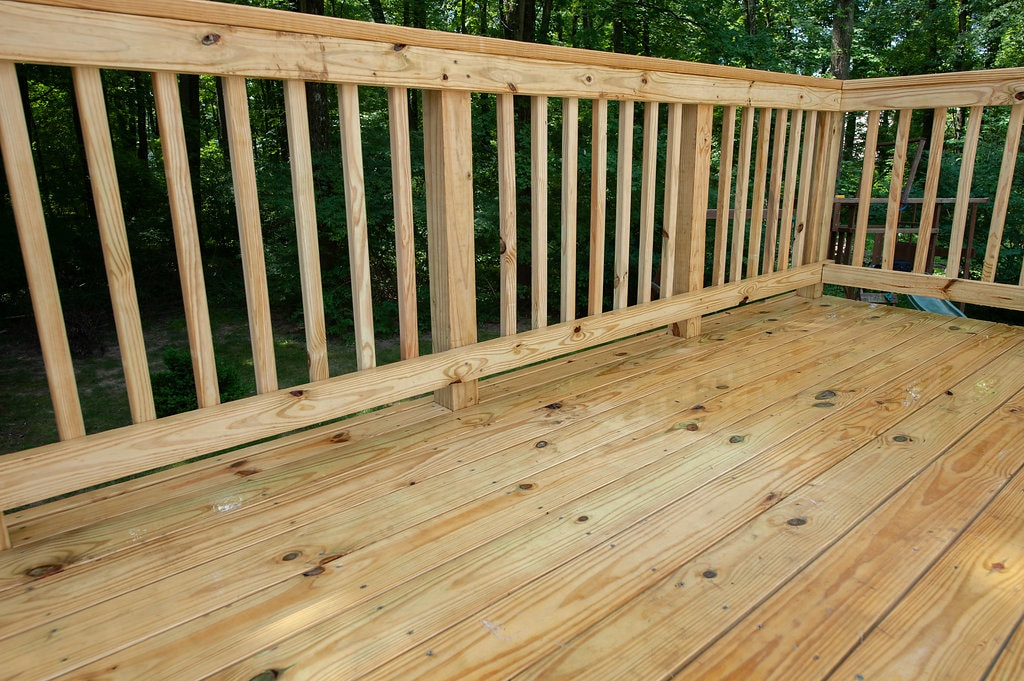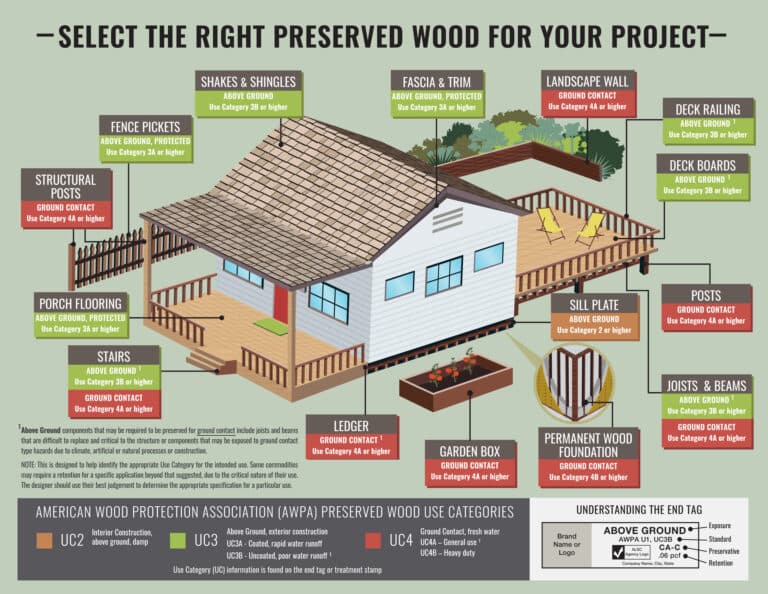
Ground Contact vs. Above Ground: What’s the Difference and Which One Do You Need?
Are you planning your next backyard project? Maybe a new deck for lounging on, a fence for privacy or a raised garden bed for fresh veggies. Southern Yellow Pine (SYP) is your best choice for any outdoor project because it’s strong, straight-grained, easy to work with, and available just about anywhere.
Depending on your project, you’ll need to make a key decision before heading to the lumber store: Ground Contact or Above Ground treated wood? Choosing the right one ensures your project lasts and saves you costly repairs in the future.
Why Treated Lumber Matters
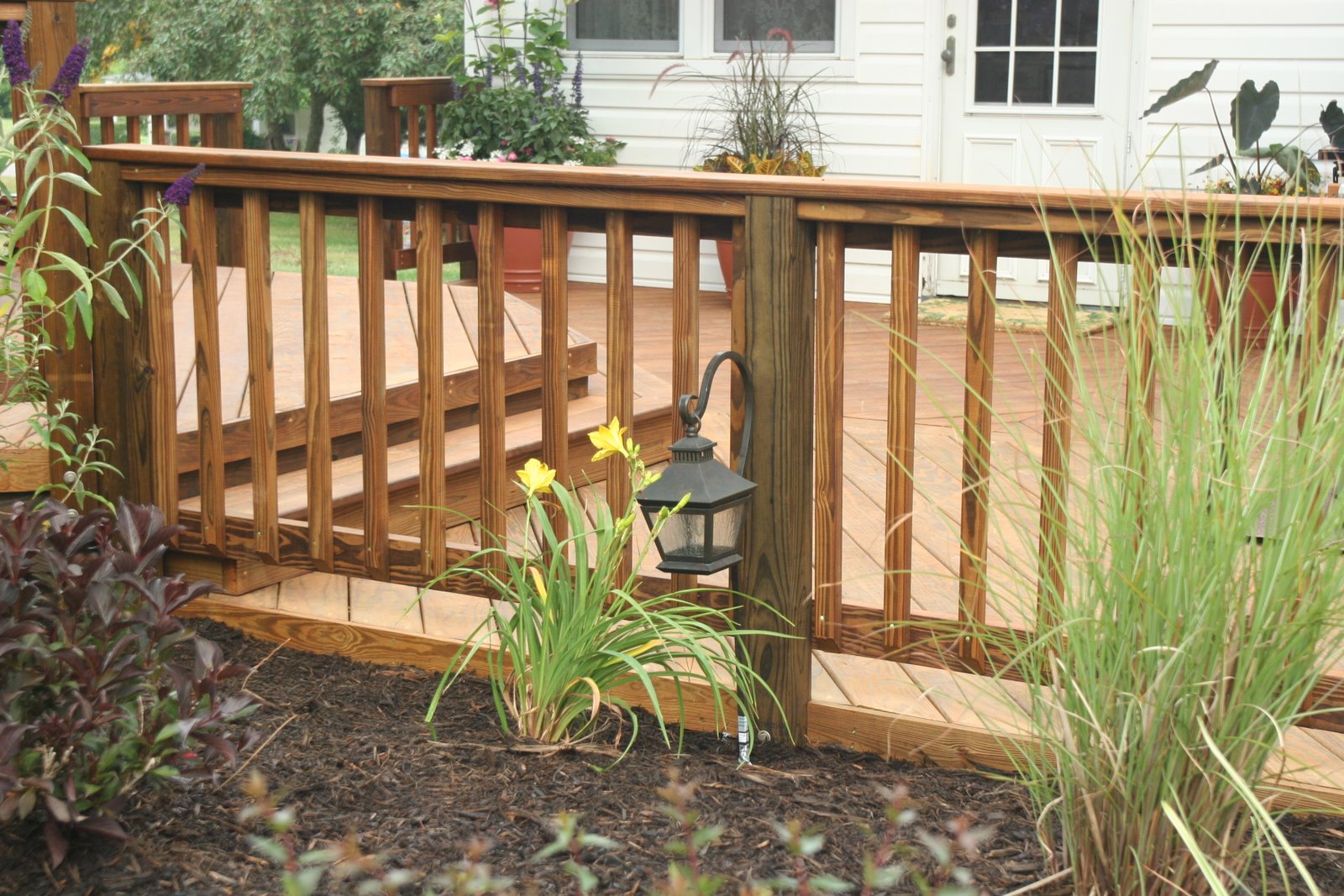
Outdoor projects need to stand up to the elements as they face constant exposure to rain, humidity, soil, and insects. In short, untreated wood simply won’t last when it is in contact with the ground. That’s why SYP is pressure-treated with preservatives that protect against rot, decay, and termites. Southern Yellow Pine can be treated in a variety of ways to add to its durability against the elements. In fact, preserved wood comes in several different use categories, and choosing the right boards for your project will ensure that you get to enjoy your handiwork for years to come.
The catch? Not all treated wood is created equal. That’s where the terms Ground Contact and Above Ground come into play. We’ve made a quick guide below for you to decide which type of treated wood your project needs.
Quick Guide: Ground Contact vs. Above Ground
Here’s the breakdown in plain language:
Ground Contact Treated Lumber
- Use when wood touches soil or stays damp.
- Extra protection against rot and insects.
- Ideal for deck posts, beams, planter boxes, retaining walls, and dock joists.
Above Ground Treated Lumber
- Use when wood stays elevated and can dry out.
- Cost-effective option with lighter preservative treatment.
- Ideal for deck boards, railing, fencing, and pergolas.
What does Ground Contact Mean?
Because most decay, fungi, and termites thrive in the soil, wood placed in or near the ground requires a much higher level of protection than material used above the surface. Constant exposure to moisture, limited airflow, and contact with soil organisms make these conditions especially harsh on lumber. That’s where Ground Contact–rated Southern Yellow Pine comes in.
Southern Yellow Pine with a Ground Contact designation is intended to protect your lumber from rotting in applications that have direct contact with soil (either resting on or installed into the ground) and excess moisture (beyond normal rainfall and watering systems). It’s used in cases where frequent wetting or immersion in fresh water doesn’t allow the lumber to dry. It should also be used in some building scenarios where components, such as deck or dock joists, beams, and ledger boards, would be considered critical to the safety of the structure and difficult to replace.
A Heavy-Duty Ground Contact may be required in certain high-decay hazard or exposure applications (structural retaining walls, horticulture sites, etc.). SYP treated for Above Ground applications is intended to be used in common outdoor project applications that aren’t subject to the aggressive decay organisms that are at ground level. This material is adequately treated to withstand some contact with moisture as long as it is expected to run off and/or dry fairly quickly (as is the case with normal rainfall and watering systems). It usually carries the same general warranty as Ground Contact when used appropriately and, because of the lower level of chemical needed, can be less expensive than its Ground Contact equivalent.
Depending on your project, you may decide to use Ground Contact, Above Ground, or a combination of the two for the appropriate level of protection
Updated Ground Contact Standards You Should Know
In 2025, the American Wood Protection Association (AWPA) released the latest guidelines in their AWPA 2025 Book of Standards. These guidelines are a part of the International Residential Code and International Building Code and spell out when to use Ground Contact.
You should choose Ground Contact if:
- Wood will come in contact with soil, vegetation, leaf litter, and debris that can hold moisture for extended periods of time.
- You don’t expect good air circulation, especially on the underside and between decking boards.
- Wood components are installed less than six inches above the ground and are supported by treated wood or concrete without a moisture-transferring barrier/break.
- Wood is in direct contact with material that already shows signs of decay.
- Wood gets wet on a very frequent, recurring basis and doesn’t have time to dry adequately.
- You are building in a tropical climate.
To clarify what the lumber at your local building supply store or lumberyard is intended to be used for, simply look at the labels on the end of each piece. Lumber treated to the AWPA standards will say Ground Contact and have the code UC4A displayed, and it will have the Quality CheckMark™ symbol as well.
Final Word
When it comes to building outdoors with pressure-treated Southern Yellow Pine, the right treatment type is just as important as the design. Ground Contact offers maximum durability where moisture and soil are a factor, while Above Ground is a smart, affordable choice for elevated or well-ventilated projects.
Your hard work deserves to last and now you are armed with Ground Contact knowledge to make sure it does.
(Images via PreservedWood.org, via Wood. It’s Real.)
